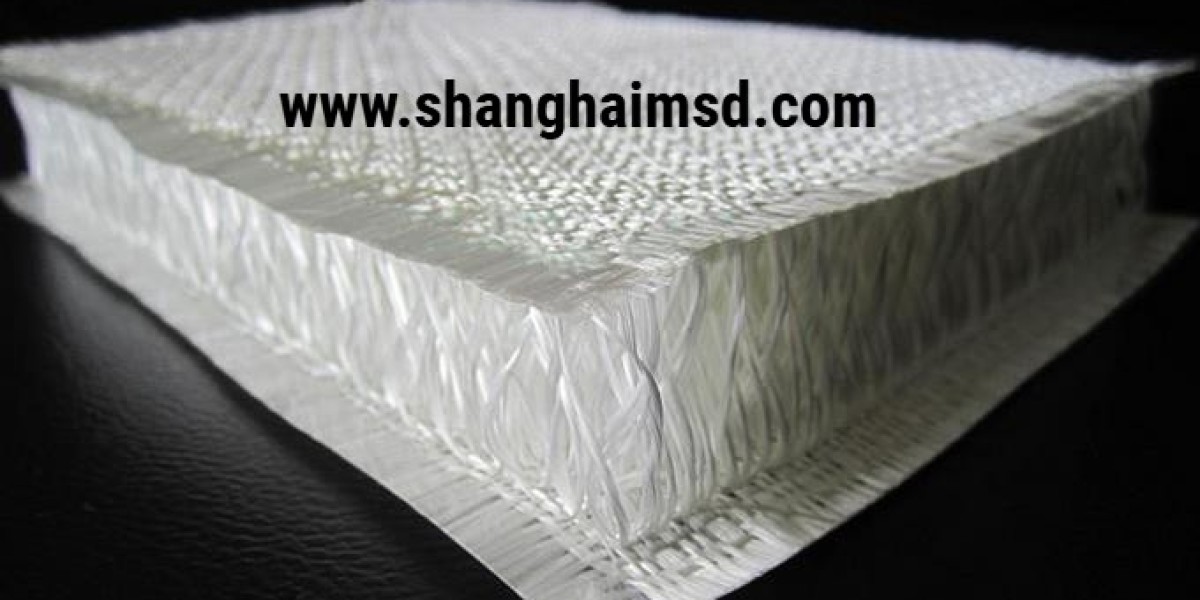As the world continues to prioritize sustainability across various industries, the Double Wall Fabric Manufacturers sector is no exception. Manufacturers are increasingly adopting sustainable practices and materials to reduce environmental impact and meet the growing consumer demand for eco-friendly products. In this article, we will explore some of the key sustainability trends in the production of double wall fabric and how these innovations are reshaping the industry.
1. Use of Recycled Materials
One of the most significant sustainability trends in double wall fabric manufacturing is the incorporation of recycled materials. Many manufacturers are now turning to recycled polyester (rPET) as a primary material for producing double wall fabrics. By using plastic waste, such as discarded bottles, these companies can reduce the need for virgin polyester, thus minimizing environmental pollution and conserving resources. Recycled materials offer the same level of durability and strength as their virgin counterparts, making them an excellent choice for producing high-performance fabrics without compromising on quality.
This trend not only helps reduce waste but also plays a critical role in lowering carbon emissions associated with the production of new materials. As more manufacturers embrace the use of recycled materials, the impact on the environment continues to decrease.
2. Eco-Friendly Coatings and Finishes
Another important trend in the sustainable production of double wall fabric is the shift towards eco-friendly coatings and finishes. Traditional coatings often contain harmful chemicals like PVC and phthalates, which can pose significant environmental risks during production, usage, and disposal. In response, many manufacturers are now opting for non-toxic, biodegradable coatings that are safer for both the environment and human health.
Water-based coatings, for example, are becoming more common, as they produce fewer volatile organic compounds (VOCs) and have a lower environmental impact. Additionally, sustainable finishes that enhance the fabric’s UV resistance, water repellency, and abrasion resistance are also gaining popularity. These eco-friendly solutions not only reduce the fabric’s environmental footprint but also improve its longevity and performance.
3. Energy-Efficient Manufacturing Processes
Energy consumption is a significant concern in the manufacturing of double wall fabric, and many companies are taking steps to optimize energy use in their production processes. By adopting energy-efficient machinery, improving factory insulation, and utilizing renewable energy sources, manufacturers can reduce their carbon footprint and lower operational costs.
The use of solar energy and wind power in fabric production is on the rise, as more factories transition to renewable energy sources. Additionally, advanced manufacturing techniques such as 3D knitting and digital printing are reducing the need for traditional energy-intensive processes like dyeing and cutting. These innovations not only make the production process more energy-efficient but also contribute to a more sustainable fabric manufacturing industry.
4. Waste Reduction and Circular Economy Initiatives
Reducing waste is a core component of sustainability, and the double wall fabric manufacturing industry is embracing the circular economy concept. Manufacturers are focusing on minimizing waste generation during production by optimizing cutting patterns, recycling fabric scraps, and reusing materials wherever possible. Some companies are even developing closed-loop systems where leftover fabric can be collected and remade into new products, reducing the overall amount of textile waste.
In addition, the growing trend of upcycling is gaining momentum in the industry. By repurposing old or damaged fabrics, manufacturers can create new products, further extending the life cycle of the material. These circular economy practices help conserve resources, reduce waste sent to landfills, and promote a more sustainable production model.
5. Eco-Friendly Packaging Solutions
The push for sustainability extends beyond the fabric itself to the packaging used for shipping and storing double wall fabrics. Traditional packaging materials, such as plastic and Styrofoam, contribute significantly to environmental pollution. To address this issue, manufacturers are turning to biodegradable, recyclable, or reusable packaging materials. This not only reduces the environmental impact of packaging waste but also aligns with the broader goal of minimizing the carbon footprint throughout the supply chain.
Conclusion
The shift toward sustainability in double wall fabric manufacturing is transforming the industry, with innovations in recycled materials, eco-friendly coatings, energy-efficient production methods, and waste reduction strategies playing key roles. As the demand for environmentally conscious products continues to grow, manufacturers are adapting to meet these expectations while maintaining high-quality standards. For those seeking durable, sustainable fabric solutions, investing in eco-friendly double wall fabrics is an excellent choice. To explore sustainable options, visit shanghaimsd.com .



